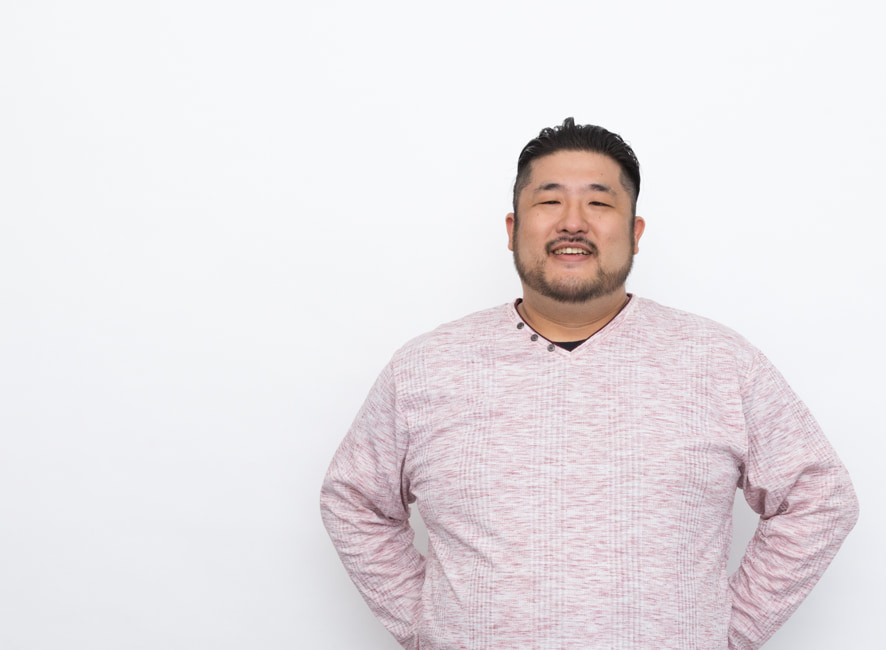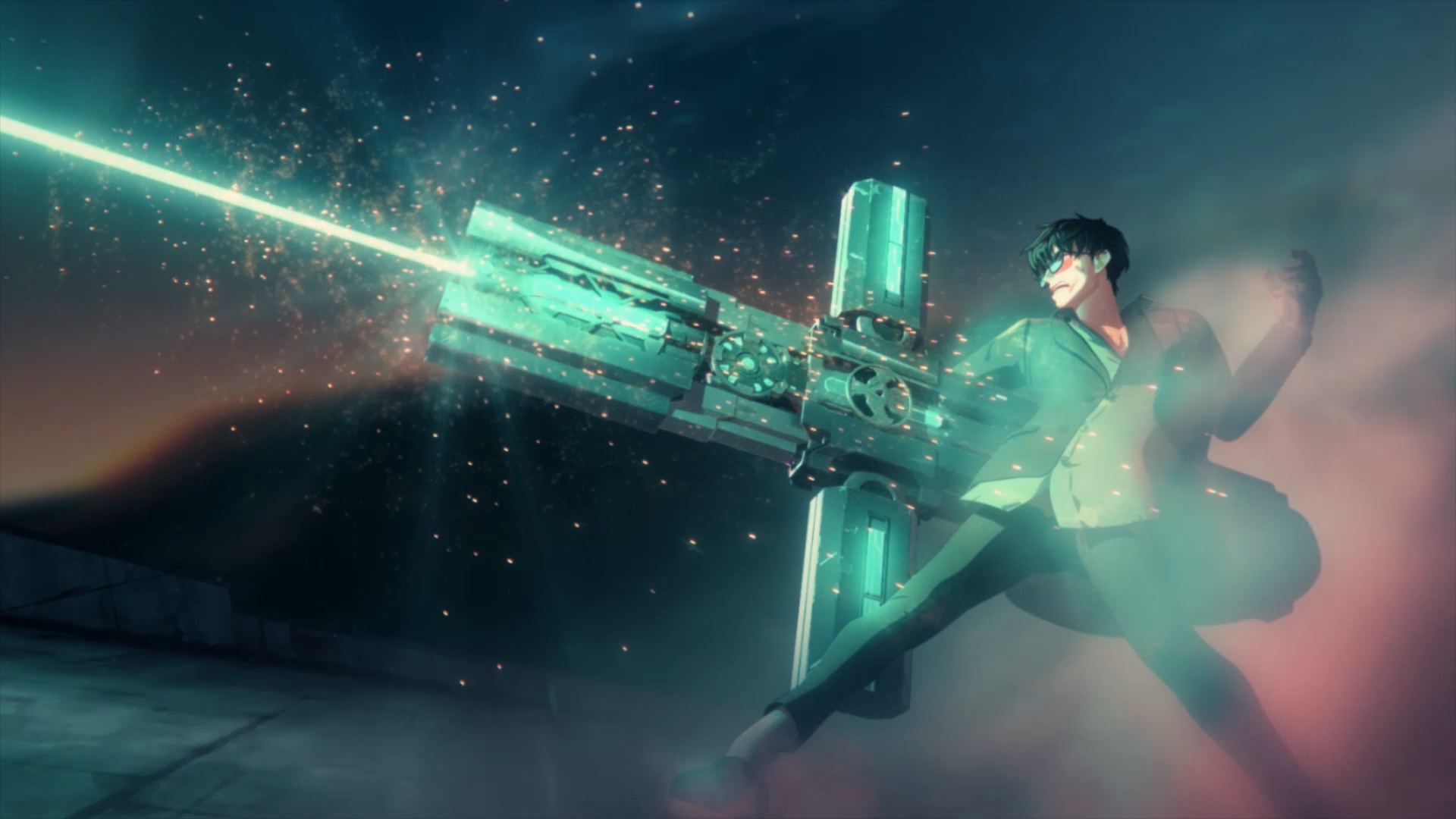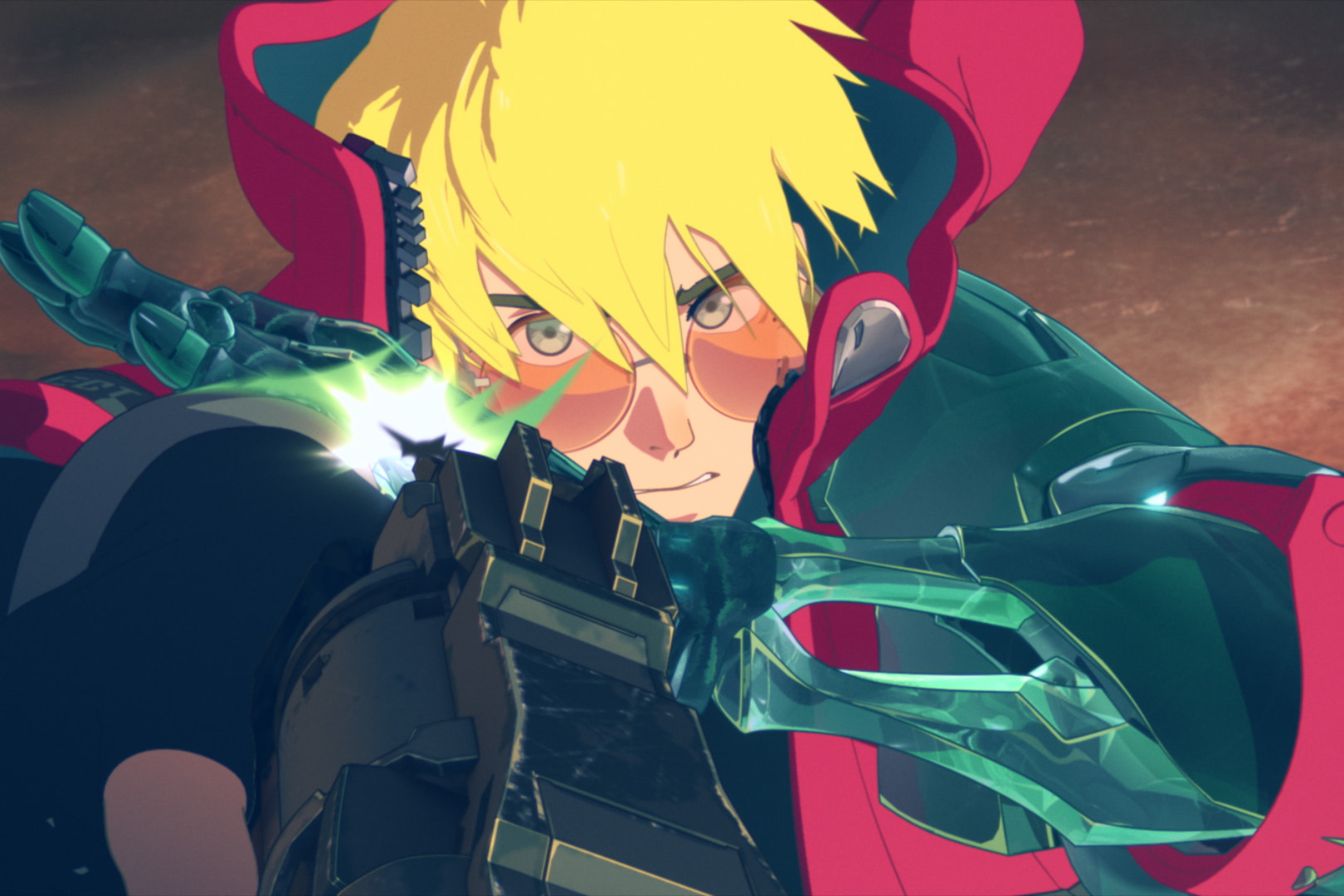The continued success of household-name anime like Tokyo Revengers and Hayao Miyazaki’s The Boy and The Heron prove that anime is, well, cool now. Yet, how are these films and series made? Who are the key players? And how can you become a contributor to the genre? These are elements shrouded in mystery. We speak with Yoshihiro Watanabe, producer at Studio Orange, to peak behind the scenes and see what it takes to make it in the industry.
The Studio Orange Flavor
Studio Orange specializes in 3D CG animation, which uses modeling tools to bring to life characters and objects inside a three-dimensional space. Studios like Pixar have long used 3D animation to create masterpieces like Toy Story, which premiered in 1995. In Japan, however, hand-drawn techniques remain the preferred medium and workflow — which is why Studio Orange’s approach is a unique one.
“Our CEO, Eiji Inomoto, comes from a CG background,” says Watanabe. “Even though he is the CEO, he didn’t quit being an animator and still works closely with our animation teams on active projects today.”
Founded in 2004, Studio Orange’s early beginnings saw the company primarily working on outsourced 3D work, collaborating with other studios. In 2017, Land of the Lustrous was its first breakthrough title not under a co-production. Many praised the work. Some even named it among the best anime of the decade. Critics were pleasantly surprised at the beautiful art direction despite it being 3D. From a more mainstream perspective, it was Studio Orange’s anime adaptation of Paru Itagaki’s Beastars, which went on to be shown on Netflix, that propelled the studio into the global cultural zeitgeist.

Yoshihiro Watanabe, producer at Studio Orange
Raising a Generation of Animators
The history of Japanese anime is a rich tapestry that dates as far back as 1907. But there’s a double-edged sword to having a legacy: it comes with a strong attachment to how things have been done in the past.
“Even bringing an iPad into work to reduce the amount of paper we rely on was considered an alien idea not that long ago,” says Watanabe on his prior experience working at another studio. “I don’t blame anyone. Looking back, there are things I could have done better also. But the difference at Studio Orange is that even if there is skepticism towards trying something new, we still welcome people to try as long as they take responsibility.”
It makes sense that a studio with an unorthodox approach to animation pushes boundaries in other regards. Studio Orange has taken international marketing to the next level, having been a panelist at various large-scale anime conventions, including Anime Expo and Otakon. This holds a dual purpose: to better market Studio Orange to an international audience while also giving opportunities and exposure to their animation team so they can meet with international fans.
Internally, Studio Orange goes against the industry norm of mostly working with freelancers and focuses instead on hiring in-house staff. Each year, it invites 20 graduate students into the company and training takes three to four years to complete.
“Our growth rate is slower, especially when compared to Western studios,” says Watanabe. “But our aim is to train people that may be starting from zero, into skillful animators that understand the Studio Orange artistic method of expression.”
How to Produce an Anime
For anime that is based on an existing intellectual property, it often starts with a producing department that researches new titles that the studio can pursue. There are also financing producers, whose role is to speak with investors. Once everything is signed off, the studio can begin to work. The time this takes varies from project to project, but Watanabe estimates a three-year production schedule could be two years of pre-production (scriptwriting, storyboarding, 3D modeling) and one year of core animation work.
“Due to the time-consuming nature of CG, our work can take 50% longer compared to other studios. This is why it’s important for us to find partners that understand our craft and the value of their investment,” Watanabe explains.
In 2023, Studio Orange released Trigun Stampede, a reimagined adaptation of the 1990s cult classic by Yasuhiro Nightow. While many may have initially expressed their hesitation, the series has since won the hearts of long-time fans while also introducing the Trigun franchise to a younger demographic.
“I am a big fan of the original Trigun series,” says Watanabe. “It was one of the reasons I wanted to work at my previous studio, Madhouse. One of my mentors was even a producer of the original Trigun. As a fan, I completely understand the concerns of the community. With Trigun Stampede, we did not aim to ‘defeat’ the past or to, in any way, erase what they created. That would not just be a betrayal towards fans, but a betrayal towards myself. Our approach was to examine various elements of Trigun, take the series apart, and put it back together in a way that was new but still upholds the same spirit of the original.”

©︎ 2023 Yasuhiro Nightow (SHONENGAHOSHA) / TRIGUN STAMPEDE Production Committee
For those wanting to work in the anime world in Japan, Watanabe reaffirms that strong Japanese language ability is still a desired trait. But it’s not the only way forward.
“Communication is a core issue in animation, this is why language is key,” he says. “However, if you already have a skill set that studios would find valuable, such as being an animator or artist, that can be your way in. Nowadays, it’s easier to connect with the right people online and sometimes in person. When talking to producers, you should consider what they might find appealing. If you’re an artist, having a portfolio to showcase everything you’ve done so far is incredibly important.”
Updated On September 7, 2023








